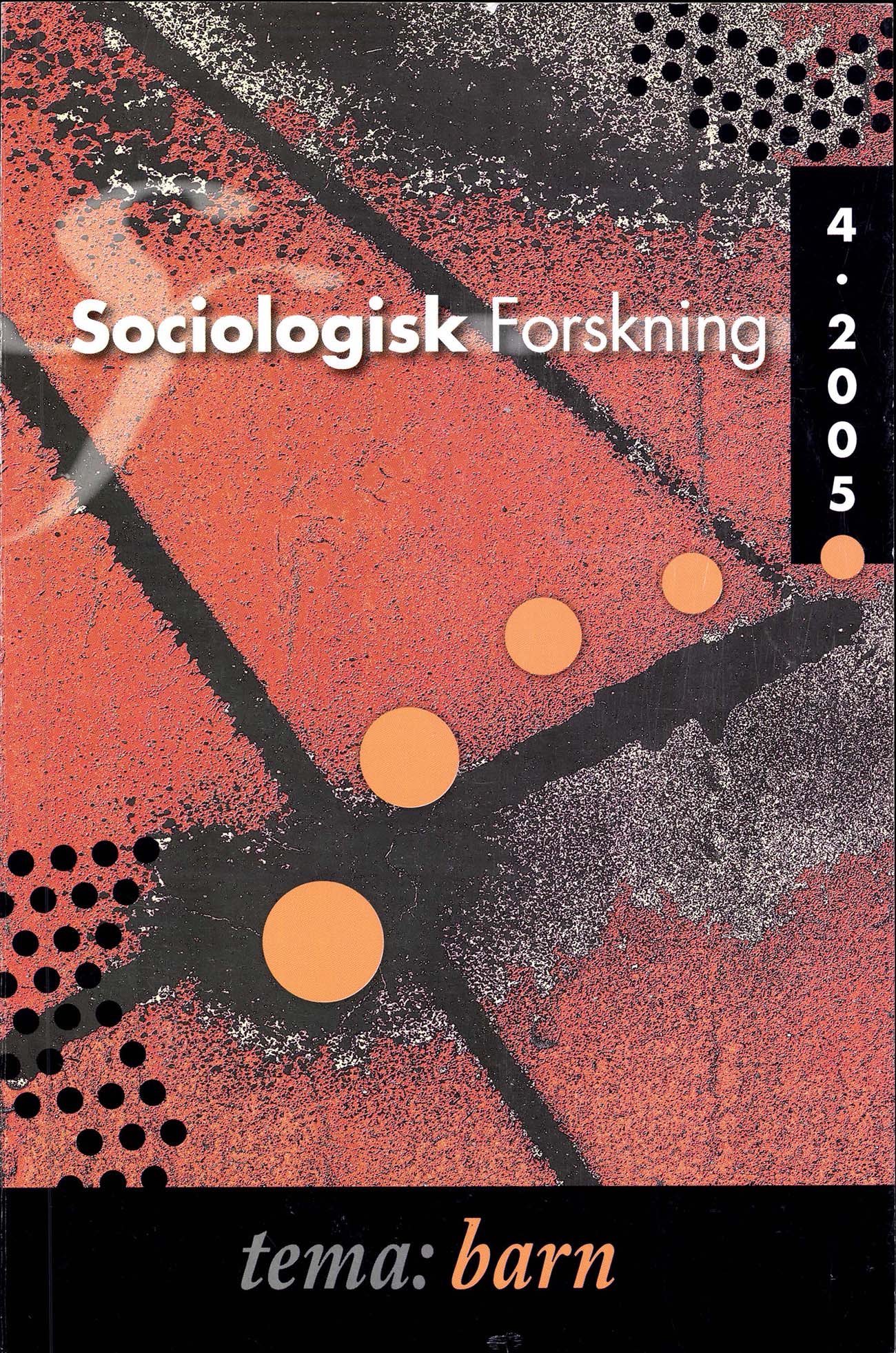Den etnifierade urbana fattigdomen och välfärdsstatens reaktioner
DOI:
https://doi.org/10.37062/sf.42.19353Nyckelord:
social exclusion, ethnified urban poverty, urban renewal policyAbstract
In year 1998 the Swedish government adopted an ambitious urban renewal policy (URP). One of its main elements was to combat social exclusion in a number of housing areas in Stockholm, Gothenburg and Malmö. Between 2002 and 2004 I have been studying implementation of this policy and its ideas in five neighborhoods in Stockholm. Based on previous research I claim that this form of ethnified urban poverty, in popular discourses named urban segregation, is being generated by the structural unemployment and by the so-called ”ethnic factor” embodied in processes of stigmatization and discrimination. URP has been set up to assist the general welfare policy to challenge and ultimately solve this social problem.
In this article I focus on three problems inherited in the policy implementation: disparity between theory and practice concerning the basic ideas of URP; the anomaly concerning the time aspect and an extreme unwillingness by the state to follow up the implementation process. One of the main conclusions is that URP has failed in its ”mission” to assist the general welfare policy because, firstly, the local analysis of what generates the social exclusion highlighted only the structural unemployment.The impact of discrimination and stigmatization was omitted. Secondly, URP:s practical implementation was particularistic, non-relational and anomalistic.
Downloads
Publicerad
Referera så här
Nummer
Sektion
Licens
Allt material i Sociologisk Forskning publiceras med omedelbar öppen tillgång (open access), under Creative Commons-licensen CC BY-NC-ND 4.0.
Allt innehåll i tidskriften är fritt tillgängligt utan kostnad och får för icke-kommersiella syften fritt läsas, laddas ned, kopieras, delas, skrivas ut och länkas. Innehållet får dock inte ändras. När innehållet används måste författare och källa anges. Upphovsrätten till innehållet tillhör respektive författare. Inga publiceringsavgifter tas ut.





